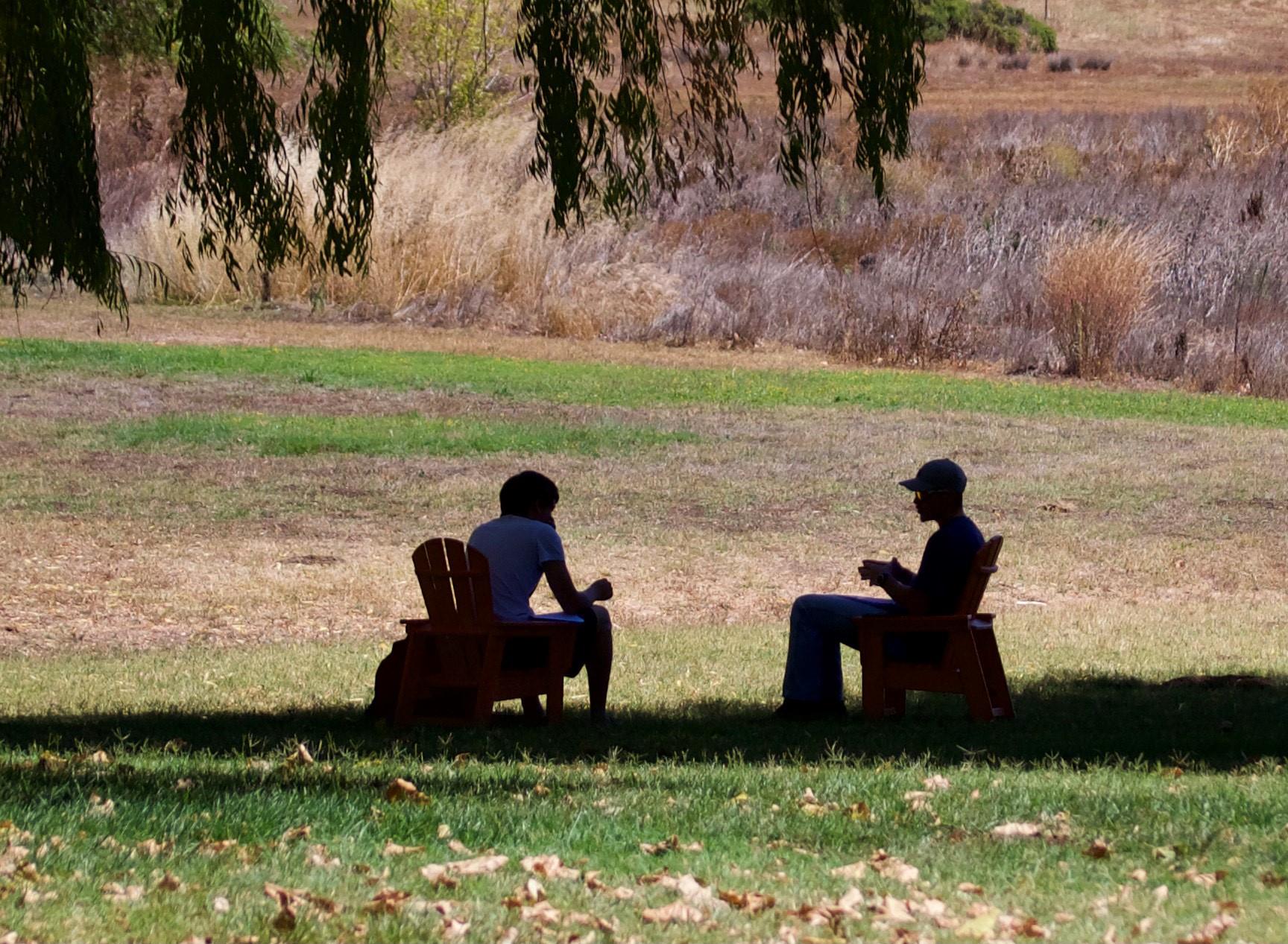I recently posted a blog on the art of recovery noting a rising generation of fashion designers, filmmakers, poets, painters, photographers, sculptors, playwrights, actors, novelists, biographers, bloggers, comedians, songwriters, musicians, singers, dancers, scholars, teachers, and social activists who are using their talents to carry a message of healing and hope through their creative endeavors. In the coming months I will use this platform to highlight aspects of this recovery arts movement. Below is a brief essay by Eric Dentler on his discovery of the therapeutic effects of mindful photography. Are you using art as a medium for self-healing or recovery advocacy? If so, I would like to hear about your experience.
Bill White
Mindful Photography and Addiction Recovery
Eric Dentler
 Photographers understand mindfulness. Famed photographer Dorothea Lange said “the camera is an instrument that teaches people how to see without a camera”.
Photographers understand mindfulness. Famed photographer Dorothea Lange said “the camera is an instrument that teaches people how to see without a camera”.
After I stopped using alcohol, I began carrying my DSLR camera on business trips. One night in Nashville, I decided to tour the city by foot instead of meeting colleagues for drinks. Following signs to the famed Music Row district, I decided to slow my usual pace and try to embrace whatever came into view. I returned to the hotel around 1:00 am. After taking a number of photos, I soon realized that something had changed. After all day meetings, followed by ten miles walking until well after dark, I should be ready for bed. But somehow I felt simultaneously calm, yet alert, and didn’t understand why.
During the 2020 quarantine, I learned that my Nashville experience had parallels in nature and street photography. When a photographer switches from hypervigilant “shooting”, “capturing”, and “hunting” for pictures, they tend to relax naturally and appreciate more of what comes into view. Dr. Lisa Feldman Barret, author of How Emotions Are Made, says photography is one way our brain forms new concepts of emotion.
With practice, mindful photos can be a powerful tool for getting centered. This is not unlike the colorful spiritual deities, symbols used for mental focus in tantric meditation. This inspired me to do more research, and by year’s end I had a draft curriculum titled mindful photography.
Walking Meditation
Mindful photography is an experiential therapy, alongside art, music, and equine therapy. As a group facilitator, my clients are immediately drawn to the workshop by its compatibility with the mobile lifestyle. Clients gain added comfort knowing this is a new self-care routine that can be practiced without fear of embarrassment. After all, they are “just” taking pictures during a walk.
Mindful photo walks are core. These begin with five minutes of relaxed breathing, followed by twenty-minutes at a comfortable pace. They can be done in urban or natural settings; city or county parks are ideal.
Photography As Therapy
In more restricted settings, there are techniques that engage clients in clinical settings. These include still life, close-up, portraiture (clients paired up) and editing, mixed with group discussion. These demonstrate additional ways to use photography to relax, improve task concentration, and build skills in group collaboration and conversation. Clients learn to use “smart captions” to easily record the emotions associated with each image. This provides a useful personal visual journal for sessions with counselors and therapists. Sharing a mindful photo album is a positive reinforcement and offers a visual record of the progression of one’s emotional recovery.
Being Not Doing
We explore body sensory systems and how they respond to the environment. For example, seeing vivid, contrasting colors activates the visual cortex. The gust of wind that prompts us to gaze up and see large raptors flying overhead. The fragrant scent of jasmine attracts us to flora we may otherwise miss. Building skill in sense perception boosts awareness of the present, and lessens ruminating thoughts. Mindfulness is learning to Be in the present, rather than obsessing about Doing.
Throughout history, art has helped shield us from harsh reality outside our walls. The photographic arts serve a similar function. Creating more meaningful new visual memories contributes to healing a hijacked brain. Self-guided photo walks are a natural way to rediscover playful curiosity, opening up new creative outlets, skills employers desire. Learning to Be helps us cope better with common monkey mind thinking, a Buddhist principle. With time and effort, we can gain new emotional energy and more appreciation for the aliveness all around us.
About the Author: Eric Dentler is a person in long-term recovery and has been an avid photographer since his youth. Eric is employed as a group facilitator (RADT certified) of mindful photography at Golden Gate Recovery Center and Living Reflections, in Novato, California.